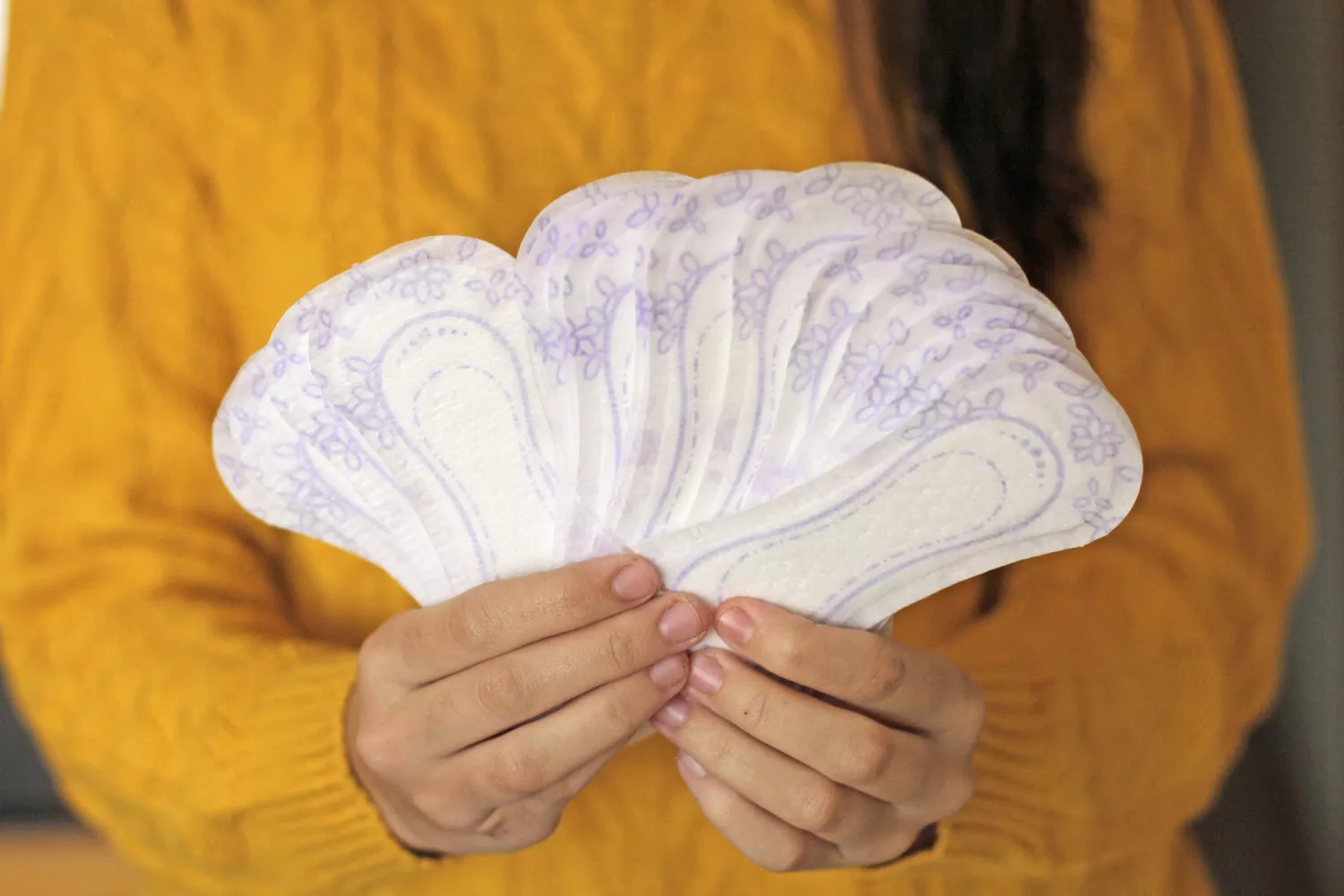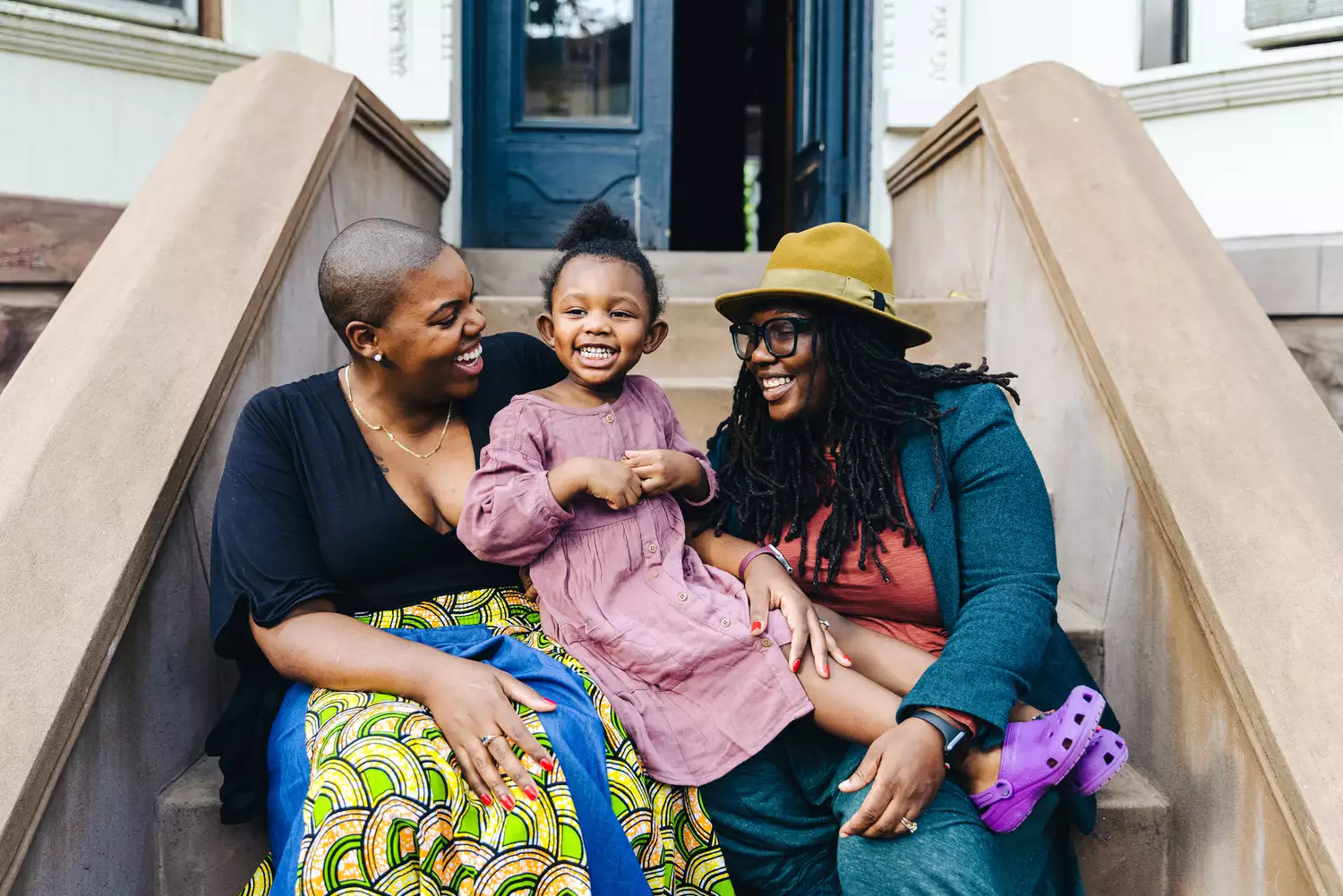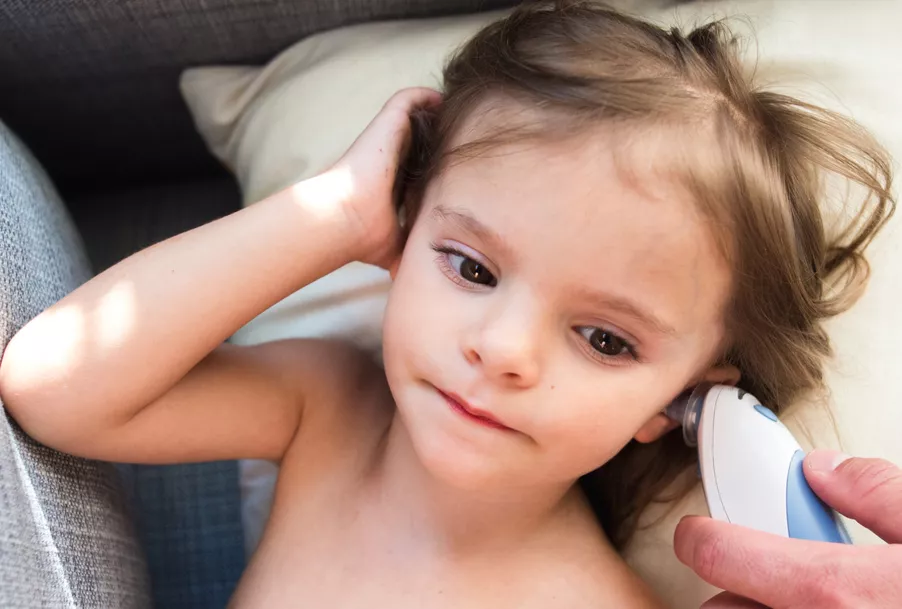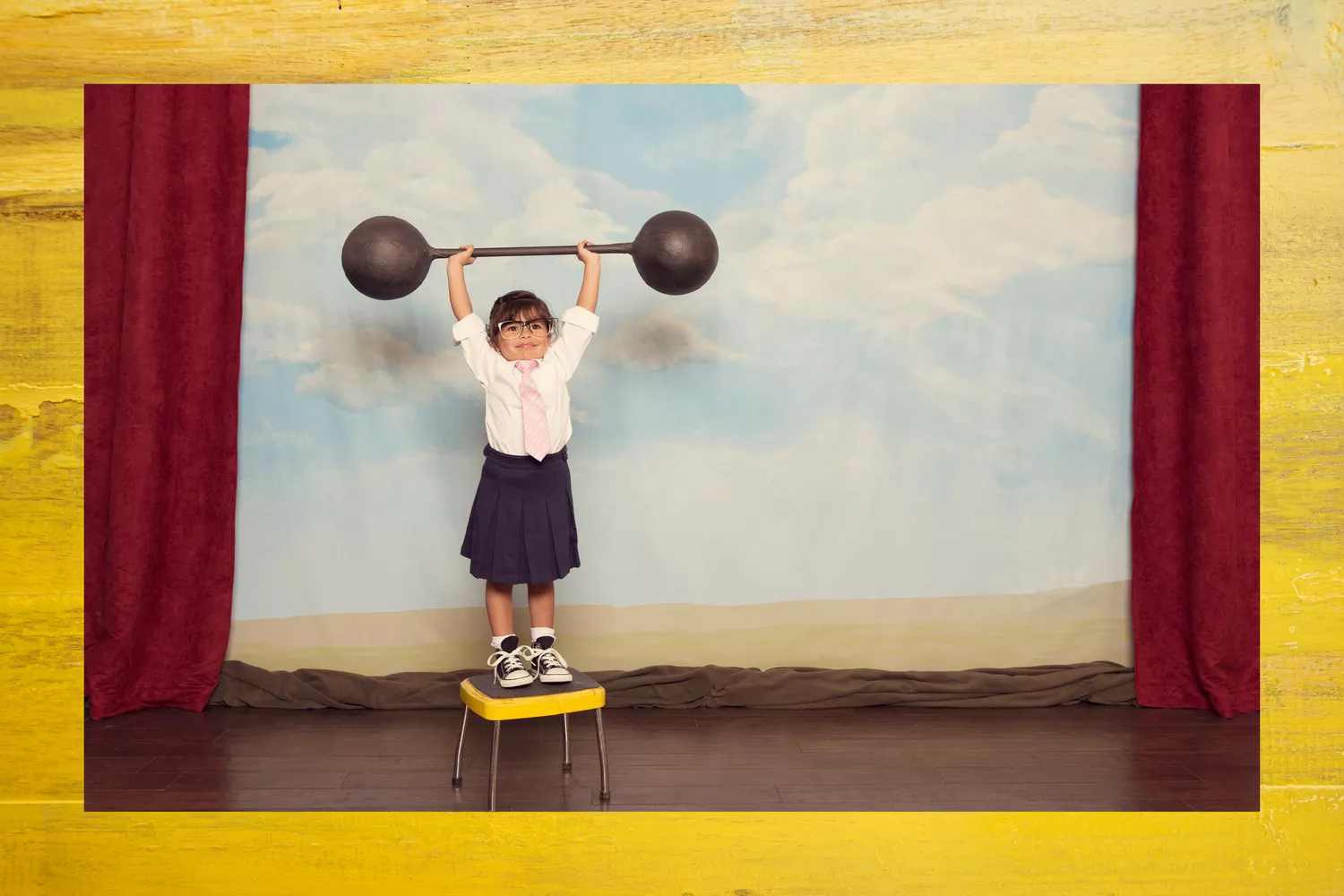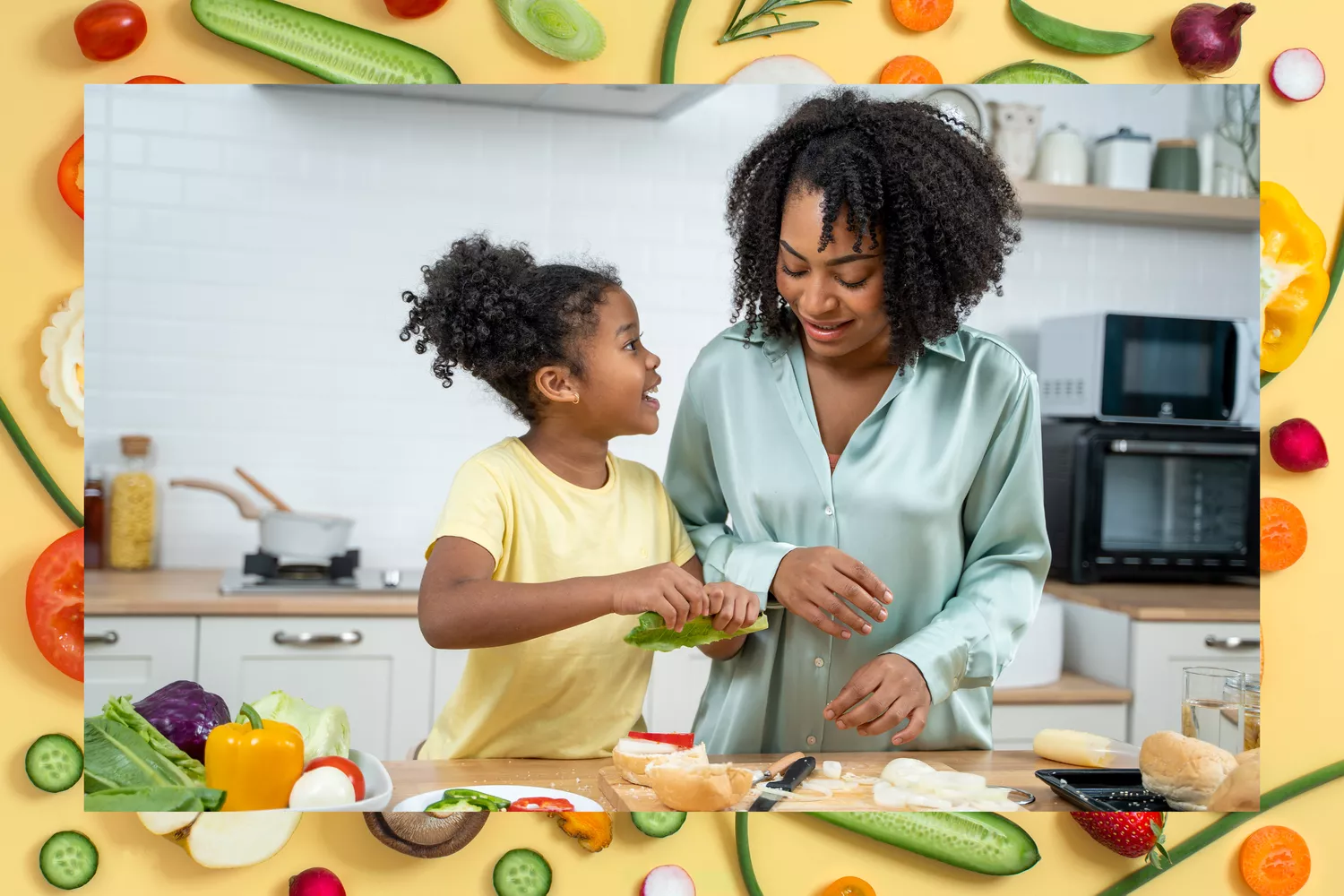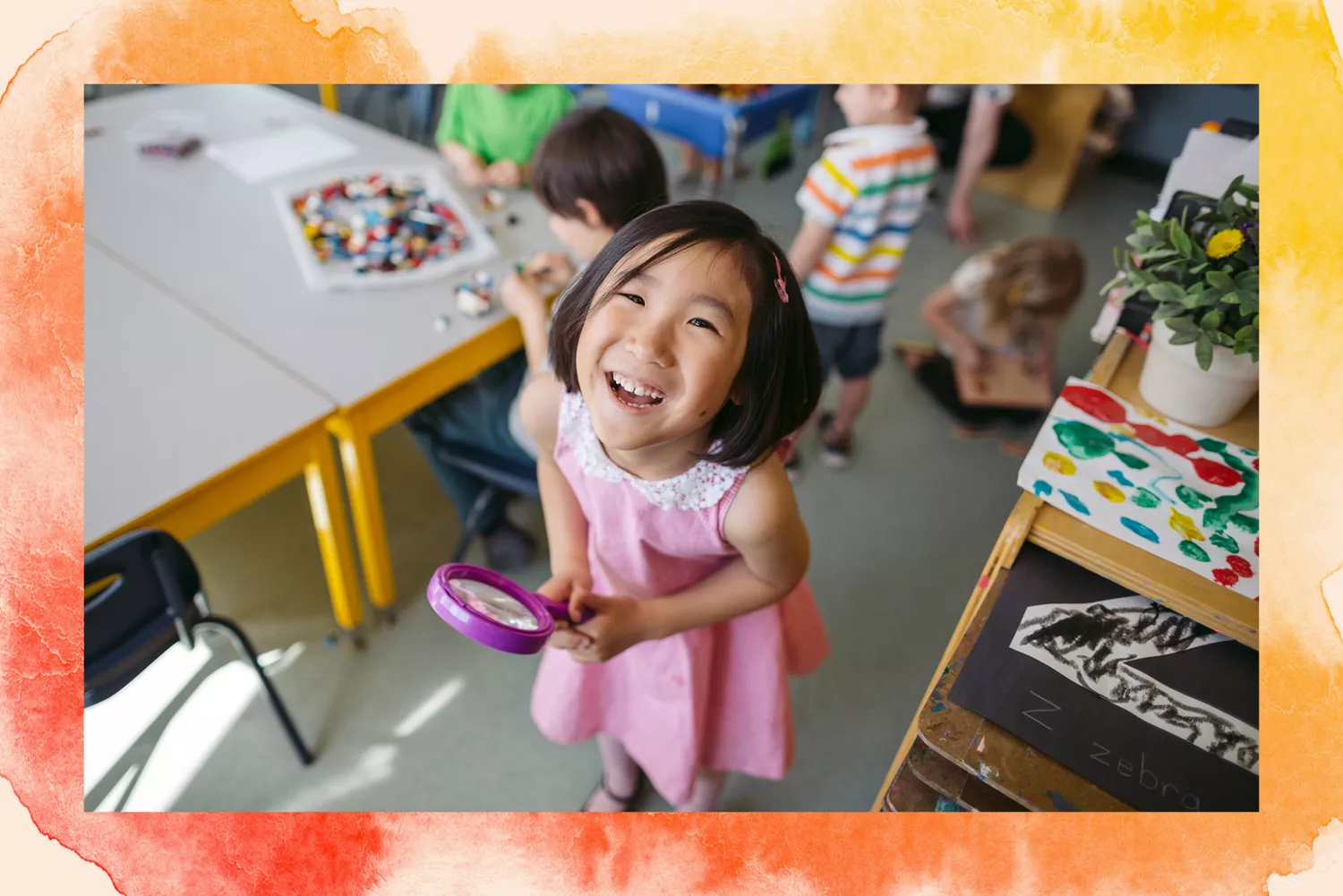Discover Your Child’s Learning Style: A Guide for Parents
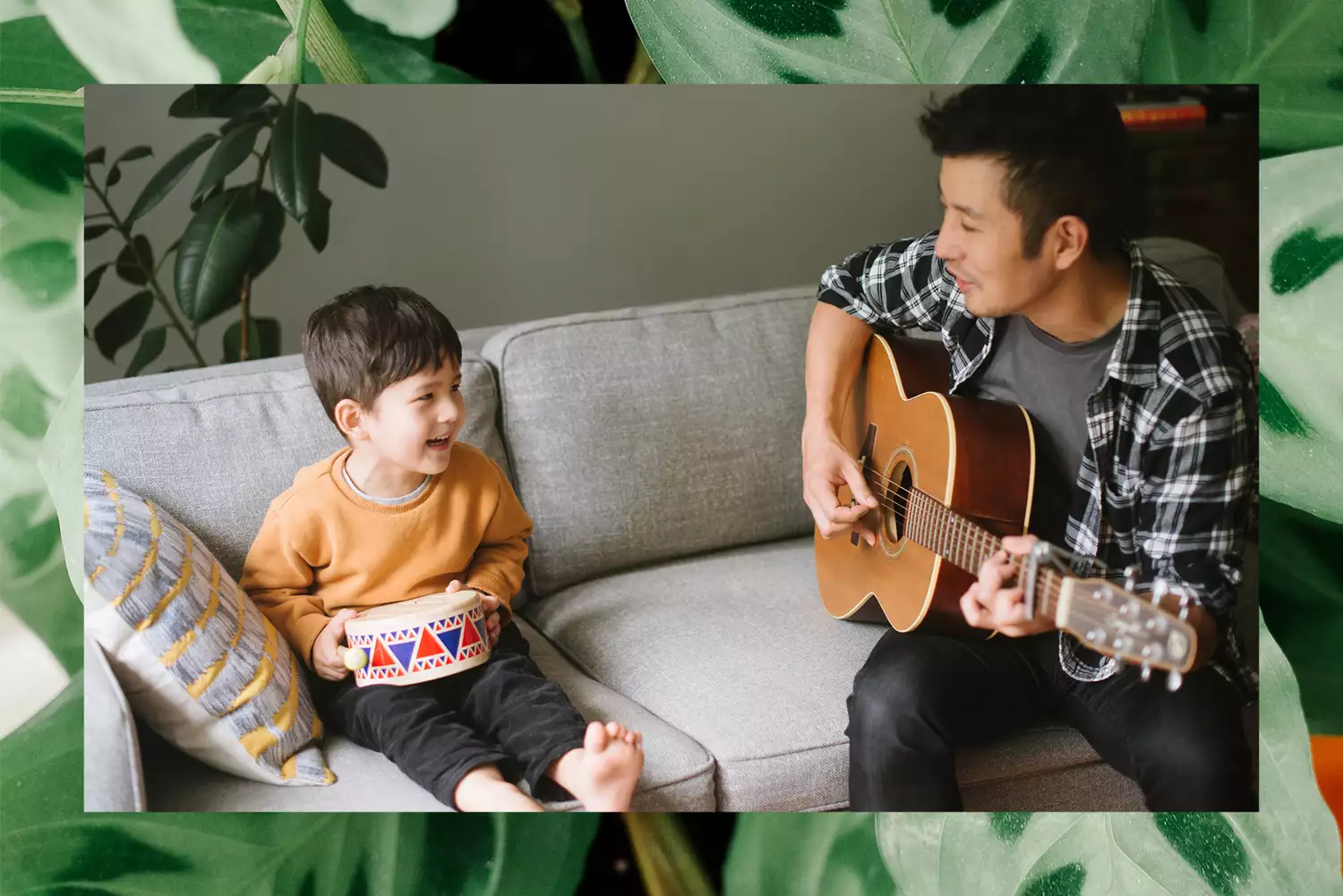

Children learn in a variety of ways, whether through listening, seeing, or doing. The way that your child learns best is called their learning style.
When kids are learning something new, they’ll pick it up most easily when engaging in their learning style. Becoming aware of your child’s learning style can help you pinpoint why they may be struggling in certain areas. Maybe your child has trouble following oral directions but they would be perfectly fine if there were some sort of visual reminder. Or maybe your child needs to learn in a hands-on way rather than simply reading from a textbook.
You can get to know your child’s individual learning style by observing how they learn and what they do in their free time. Noting which areas tend to be difficult for them may help as well.
Ahead, we discuss how to identify your child’s learning style and how to use that knowledge to help support their learning.
10 Types of Play for Child Development
What Is a Learning Style?
Learning style refers to the way your child processes and retains new information best. “Learning styles are related to our senses and how we engage with material to understand and retain information,” says Theresa Bertuzzi, a certified primary school teacher with qualifications in early childhood education and the chief program development officer and co-founder of Tiny Hoppers.
There are four main learning styles: auditory, kinesthetic, tactile, and visual.
Let’s break down each of the four learning styles a bit further.
Auditory
Auditory learners learn best through hearing and listening. They can follow oral directions easily and they may enjoy hearing stories read aloud to them, whether by an adult or an audiobook. When reading to themselves, they may prefer to speak the words out loud.
Children who prefer auditory learning can pick up on subtle changes in another person’s tone of voice and they often have a good sense of rhythm or pitch. Auditory learners may show an interest in music from a young age.
Kinesthetic
Kinesthetic learners learn best through doing and moving. Instead of being told how to do a dance step, kinesthetic learners need to get up and do it. “This learner uses all five senses–sight, touch, taste, smell, and hearing,” says Alyssa Draper, a first-grade teacher in Tennessee and teacher coordinator with Connections Academy. “They like to use their whole body and can often be found moving or participating in hands-on experiences.”
If your child excels at gross motor activities like sports or dance, and can easily repeat body movements, they may be a kinesthetic learner. Kinesthetic learners excel in sports or other physical activities.
For these learners, sitting still in a classroom may be a challenge. “A wobble chair or rubber band on a chair can be helpful for kids who need movement,” says Draper.
12 Fun Indoor Learning Activities for 2-Year-Olds
Tactile
Tactile learners learn best through handling and manipulating objects and materials. They need to touch to understand. They prefer to move things around or draw them out to fully understand. These kids may have trouble listening in school if there is nothing to put their hands on.
Tactile learners may be gifted artists and enjoy working with clay or building complex structures with blocks. They may also enjoy science experiments or crafting activities such as weaving or cutting out paper snowflakes.
Kids who tend to gravitate to their Lego sets or always want to touch what they see are likely tactile learners.
Visual
Visual learners learn best through seeing and reading. Written directions or visual images support their learning. Video instructions can be very helpful for visual learners, and they may easily forget oral instructions without visual cues or reminders.
Children who learn visually may have a strong sense of spatial awareness and tend to be good at visualizing information or concepts. “These learners often take notes, rewrite words, underline, use different colors and highlighters,” says Draper.
Visual learners may enjoy reading and art. They may enjoy beautifully illustrated picture books or be fascinated by diagrams or maps.
Identifying Your Child’s Learning Style
Observation is the best way to figure out which learning style suits your child best. Pay careful attention to the way they play and interact with the world. Make sure to watch your child during unstructured time where they are deciding what they want to do and how to do it.
It can also be helpful to observe your child’s weaknesses. Noting where they may be developmentally behind or what types of tasks are challenging for them may help you narrow down their learning style. For example, a child who has trouble following oral directions may be a visual learner, and a child who struggles to sit still in the classroom may be a kinesthetic learner.
Remember that all kids can learn through different mediums, but the way they prefer to learn is their primary learning style.
The Ages and Stages of Play
Supporting Your Child’s Learning Style
Knowing which learning style fits your child best is a great first step in supporting their learning. There are a few ways you can take this further to promote your child’s academic success.
Auditory learners may benefit from:
- Engaging in discussions about what they are learning
- Hearing verbal explanations
- Reading and repeating information aloud
- Using mnemonic devices when studying
Kinesthetic learners may benefit from:
- Acting out or role-playing new information
- Going on field trips
- Having freedom of movement whenever possible
- Using movement to study (For example, when teaching the water cycle, a teacher might guide a class of students through a dance with movements that align with each step in the water cycle.)
Tactile learners may benefit from:
- Creating art or doing crafts
- Experimenting with science labs
- Having access to hands-on materials that they can move and manipulate, such as math counters
- Working on building projects
Visual learners may benefit from:
- Drawing information out
- Creating graphic organizers, such as flow charts
- Seeing visual aids, such as diagrams, charts, graphs, and videos
- Using visual organization techniques such as color coding while studying
17 Fun Learning Activities for Kids
Tips for Parents
Understanding your child’s learning style gives you the tools you need to help your child succeed. There are a few things to keep in mind when identifying your child’s learning style and supporting their learning needs.
First, learning styles are not exclusive. It’s absolutely possible that your child fits under more than one style. For example, they may have one or two primary learning styles, and they may have a learning style that is their greatest weakness. “Often children will present the ability to learn in multiple forms,” says Bertuzzi.
Next, learning styles can change over time. Most young children will be tactile learners, because that’s where they are developmentally. The early years are mainly focused on gross and fine motor skill development. As they grow, a child may become more of a visual or auditory learner. However, some will continue to prefer a hands-on approach.
Remember that your child’s learning style is not the only way they can learn. Knowing their primary learning style is a helpful tool to have, but they should be exposed to a variety of ways to learn. Every child is unique and learning style is just one part of the greater way that your child learns.






